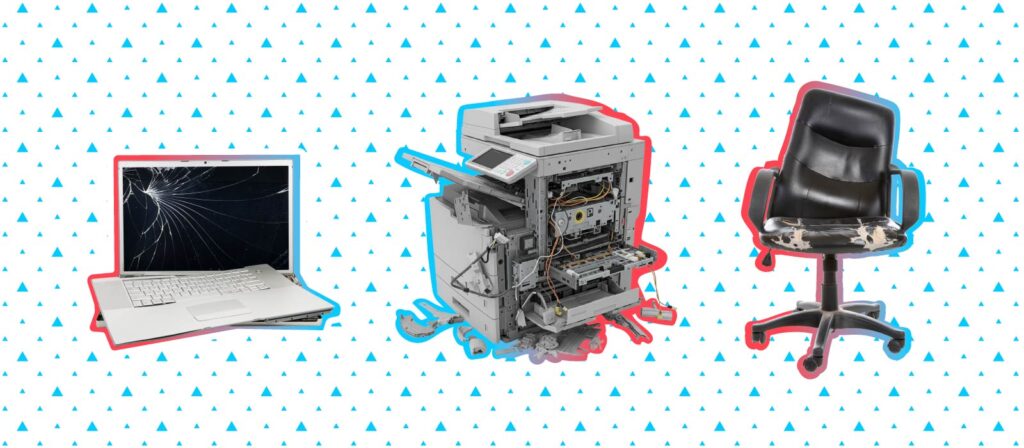
Resource tracking plays an important role in any company’s routine operations. Previously, employees would need to consult a hefty three-ring binder in order to learn the whereabouts of office resources. Now, facility managers can rely on digital tools to track a company’s assets in real time.
A proper resource tracking system is valuable for a number of reasons. Firstly, it improves an FM’s visibility over what assets are currently onsite, and what items needs to be ordered ASAP. Secondly, it helps eliminate manual processes while improving the accuracy of inventory orders.
But even with the help of resource tracking software, FMs should understand a few key points regarding this process. This way, when push comes to shove, they’ll have a firm grasp on what works and what doesn’t.
Decide what goes where and stick with it

While improv may do well in a comedy club, it has no place in a professional setting. As a facility manager, you need to decide what supplies go where and commit to that placement. From pens and loose paper to the office printer, every item should have a home and live there permanently so that time isn’t wasted searching aimlessly for supplies.
Many of these items will work best in a supply closet, but for other things, such as medical supplies, you should choose an easy to access place. If there was ever a medical emergency that required resources from that supply stock, wasted time could have severe implications.
In order to ensure that these assets are returned to their proper places, your job as FM will also include encouraging employees to respect your decision making. With the help of OfficeSpace’s visual directory, you’ll be able to clearly define where things go, while also communicating that information to your team.
Label everything

It may sound silly, but everything should be assigned a name when you’re improving your resource tracking methods. This goes for meeting rooms, printers, supply closets, washrooms and any other pertinent areas. While we encourage you to get creative with it—we like names that reflect a company’s culture or mission—just adding a number will work.
This will help you quickly refer to any asset and allow you to communicate with others what items or areas you are talking about, and vice versa. For instance, if the thermostat in Meeting Room 1 isn’t operating properly, you should make sure you send a staff member to the right room to fix it.
Using OfficeSpace software, you can tag seats and rooms with attribute information, making it clear for everyone.
Centralize your info and make it available
Make no mistake: in the world of resource tracking, we’ve come a long way since the days when Excel spreadsheets reigned. That said, facility managers should still centralize their data and make it available to the company at large. This way, employees and other parties can easily consult what assets are accessible and what aren’t. Furthermore, by utilizing OfficeSpace software, FMs can share data with appropriate stakeholders and keep everyone in the loop.
Equipped with reliable resource tracking and the ability to locate company-wide assets like meeting rooms, printers and safety equipment, OfficeSpace software helps FMs find supplies at the click of a few keys. These capabilities can not only improve every FMs work-life, but also the work-lives of those around them.
In today’s business world, collaboration is key. Check out these creative flex spaces that promote collaboration.
Photo Credits: Shutterstock / Dean Drobot, Shutterstock / Eugenio Marongiu, Shutterstock / Dean Drobot



